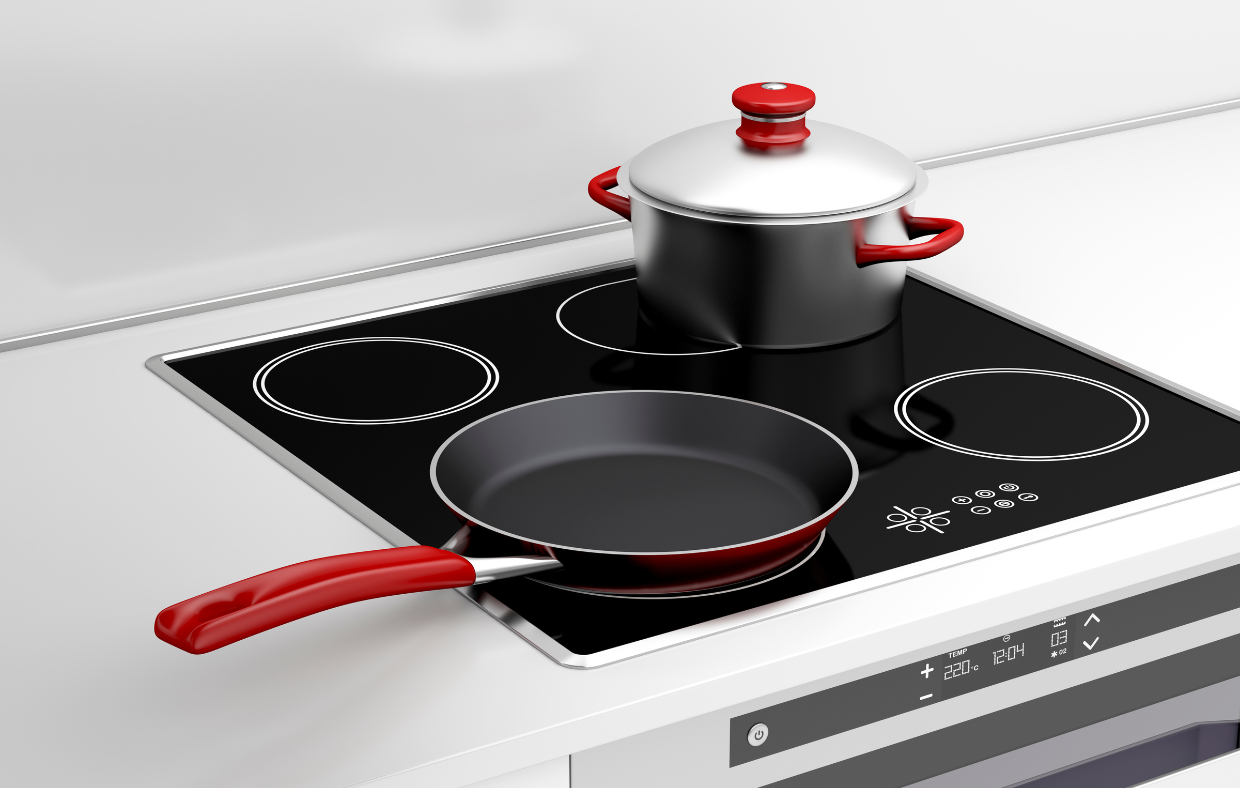
Induction cooktops have revolutionized the culinary world, offering a modern and efficient alternative to traditional gas and electric stoves. As we delve into the realm of kitchen innovation, induction cooktops emerge as a beacon of progress, combining cutting-edge technology with unparalleled performance. In this article, we explore the fascinating world of induction cooking and why it represents the future of culinary endeavors.
1. Understanding Induction Technology
Induction cooktops utilize electromagnetic energy to directly heat pots and pans, bypassing the need for a traditional heating element. When a compatible cookware is placed on the induction surface, the magnetic field induces an electric current, generating heat only within the cookware itself. This innovative approach results in faster heating times, precise temperature control, and greater energy efficiency compared to conventional cooking methods.
2. Advantages of Induction Cooking
- Rapid Heating: Induction cooktops heat up significantly faster than gas or electric stoves, reducing cooking times and allowing for more efficient meal preparation.
- Precise Temperature Control: With precise temperature settings and instant response to adjustments, induction cooktops offer unparalleled control over cooking temperatures, making it easier to achieve perfect results every time.
- Energy Efficiency: Induction cooking is more energy-efficient than traditional methods, as heat is generated directly in the cookware, minimizing heat loss and reducing overall energy consumption.
- Safety: Since induction cooktops heat only the cookware and not the surrounding surface, they remain cool to the touch, reducing the risk of burns and making them safer for households with children.
- Easy Cleanup: The smooth, flat surface of induction cooktops makes them easy to clean, as spills and splatters can be quickly wiped away without the need for scrubbing or special cleaning products.
3. Innovative Features of Induction Cooktops
- Zone Flexibility: Many induction cooktops feature flexible cooking zones that allow you to combine multiple zones to accommodate larger cookware or create custom cooking areas tailored to your needs.
- Boost Function: Some induction cooktops are equipped with a boost function that provides a temporary increase in power for rapid heating, perfect for boiling water or searing meats.
- Integrated Sensors: Advanced induction cooktops may include sensors that detect the size and shape of the cookware placed on the surface, automatically adjusting the heating area to match the dimensions of the pot or pan.
- Touch Controls: Sleek touch controls and digital displays add a modern touch to induction cooktops, allowing for intuitive operation and precise temperature adjustments with the swipe of a finger.
4. Considerations for Choosing an Induction Cooktop
- Cookware Compatibility: Induction cooktops require compatible cookware with magnetic properties, such as cast iron, stainless steel, or enameled steel. Non-magnetic cookware, such as aluminum or copper, will not work on induction surfaces.
- Installation Requirements: Induction cooktops require access to electricity and may require professional installation, especially if additional electrical wiring or modifications to the kitchen are needed.
- Budget: While induction cooktops offer numerous benefits, they can be more expensive upfront compared to traditional gas or electric stoves. However, their energy efficiency and long-term savings on utility bills may offset the initial investment over time.
In conclusion, induction cooktops represent a significant advancement in culinary technology, offering unparalleled performance, efficiency, and safety compared to traditional gas and electric stoves. With rapid heating, precise temperature control, and innovative features, induction cooktops are poised to become the future of cooking, providing home chefs with the tools they need to unleash their culinary creativity and elevate their cooking experience to new heights.
